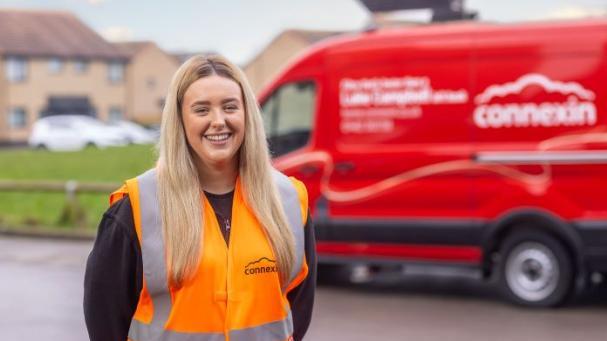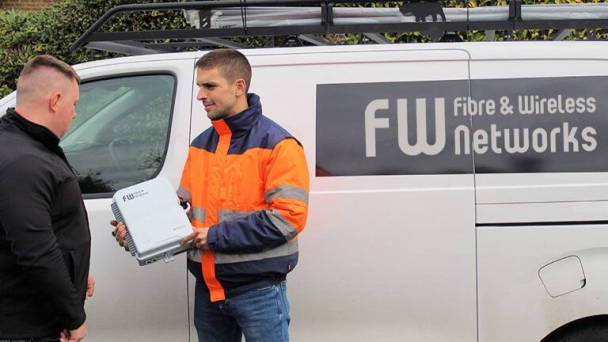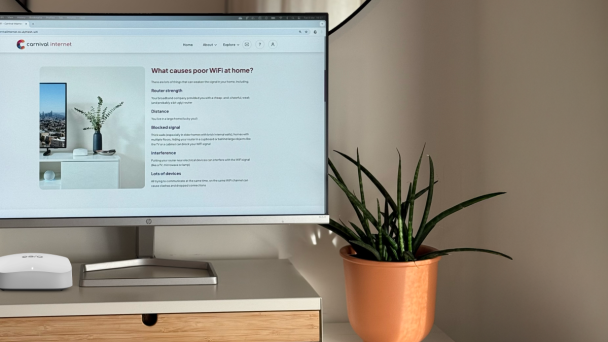
Fibre cable systems use far less energy than copper cables, perhaps seven times less, but this statistic alone is not enough for altnets to consider their job done as the UK searches for sustainability best practice.
Climate and sustainability continue to grow as keys driver of business strategy with the Department for Business Energy and Industrial Strategy (BEIS) planning to consult on wider measures for UK registered companies.
It is also something customers are demanding. It’s clear that end-users want more environmentally products across the economy, including telecoms services,” said Will Ennett, Head of Sustainability at TalkTalk.
“In fact, our research shows that at least 10% of consumers and businesses are receptive to green initiatives when choosing suppliers.”
This highlights that delivering sustainability best practice will become an increasingly significant factor.
The fibre industry has an inherent benefit in this area, as its job involves overhauling old infrastructure for technology that is greener.
James Thornton, Environment and Sustainability Manager at CityFibre, notes that the process of getting fibre in the ground has an inherent sustainability benefit over its predecessor copper.
“We see fibre as more sustainable than copper at every stage across the lifecycle,” he said, sharing the following statistics as evidence.
- In manufacture, fibre produces 0.01% of the emissions in comparison to the extraction of copper for similar lengths.
- The fibre cable is lighter and a fraction of the size and is more easily transported
- Installs can be achieved with microtrenches reducing disturbance to the ground and installed far quicker than traditional methods
- External studies have shown that upon replacing copper networks with fibre energy savings of upwards of 40% were achieved.
- Cable life for fibre extends to around 40 years requiring less maintenance than other assets.
With the product promising a greener future, the focus then moves to the methods altnets are employing to bring it to market.
“Fibre is certainly more environmentally friendly than copper but that isn’t enough,” said Ennet, proving an example of where the industry can look to make changes.
“Suppliers must look at the power origins of data centres and exchanges, how that hardware is cooled, and optimise data pathways to reduce wastage without damaging the end-user experience or raising prices.”
As altnets ramp up activity to fibre the UK post haste, they must recognise the increase in their emissions and find ways to sidestep this.
Thornton provides an example: “We are deploying our low emission delivery model which utilises existing assets to make the fibre connection.
“This is achieved through Physical Infrastructure Access (PIA) whereby using the existing network's assets, CityFibre can reduce installation emissions on average by 7.5 times.”
Bringing your people on board
When looking to make changes to processes as discussed above, people are often your best asset.
Consult with teams on the ground as they will be the ones who manage the processes that need reimagining and therefore have the best insights.
“We have set up the #NetZeroHereoes initiative, inviting employees from all levels of the business to develop new ideas to help us reach our goal of being net-zero by 2050,” said Ennett.
“We also created a ‘sustainabilitree’ in our Soapworks HQ, so everyone can suggest new climate-conscious processes!”
People can also help offset carbon in a more practical way, and altnets should consider initiatives that get their staff involved.
“Our CSR planning includes a programme for our workforce to volunteer throughout the year to Northumberland Wildlife trust cleaning the many beaches on the coast in our area and in conjunction with Linhope Estates we will be working on peat bog restoration projects,” said Ian Finlay, Head of RFS Sales at Alncom.




